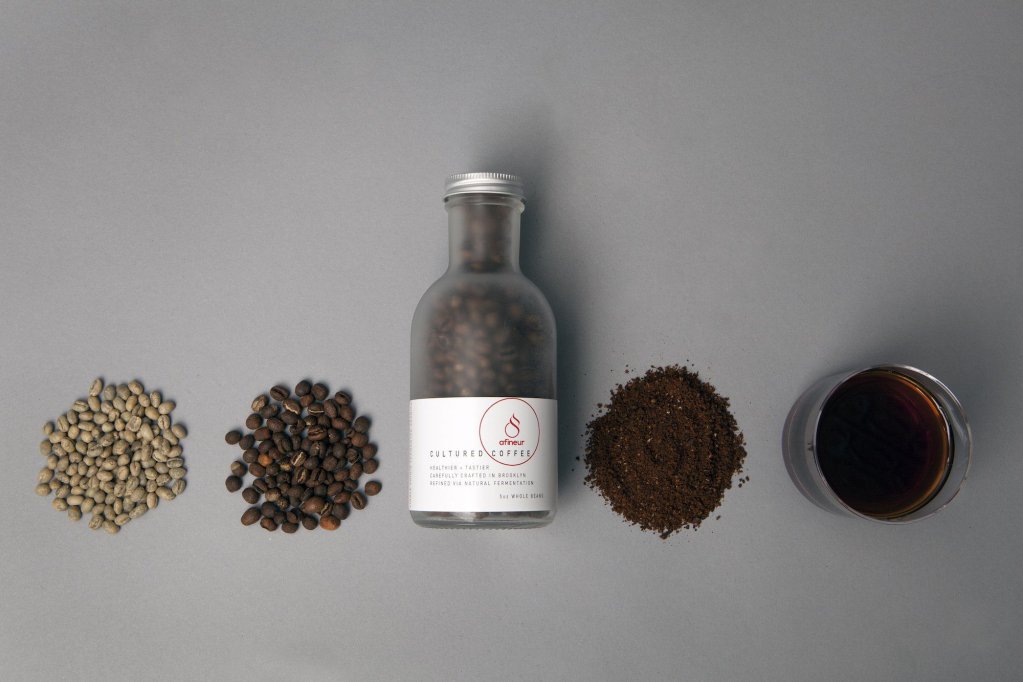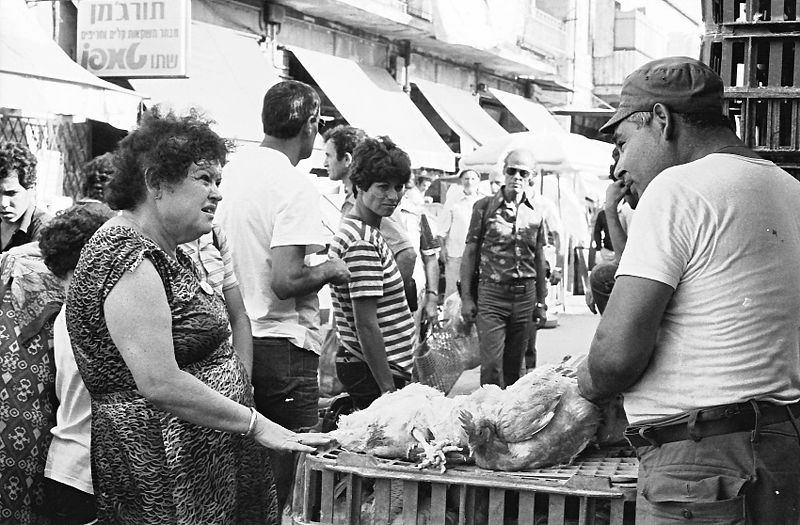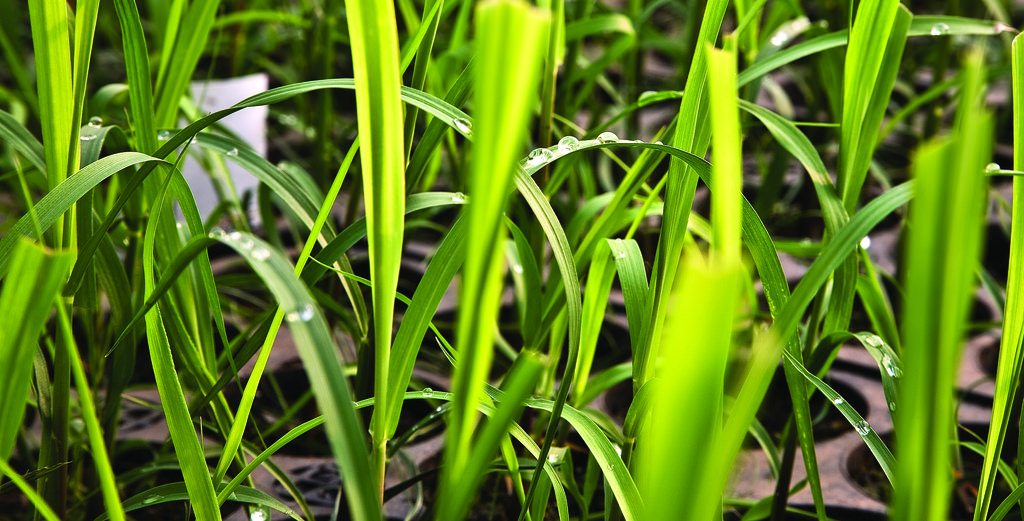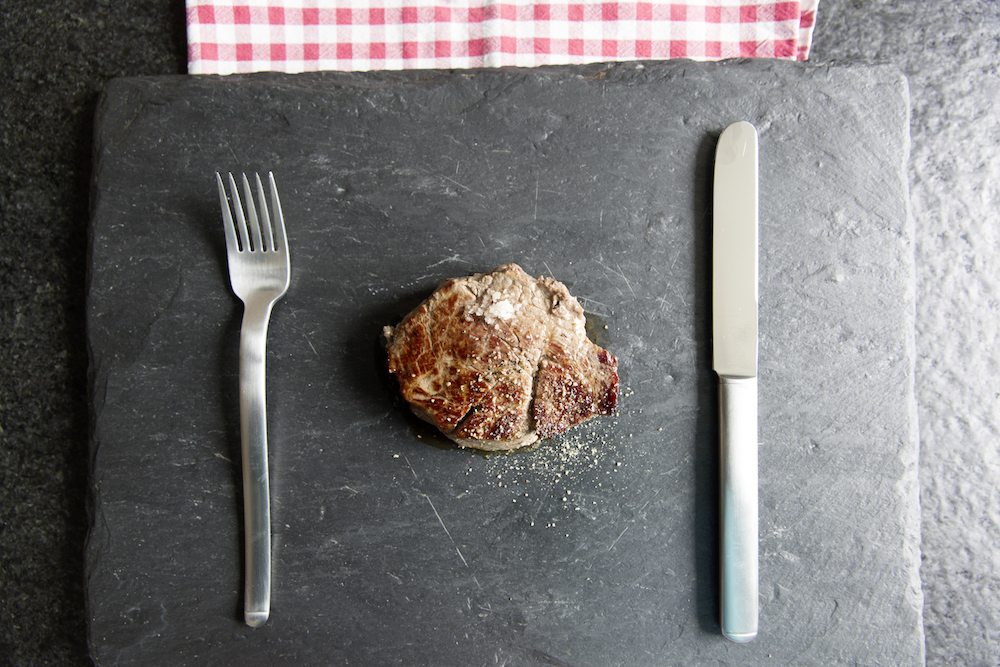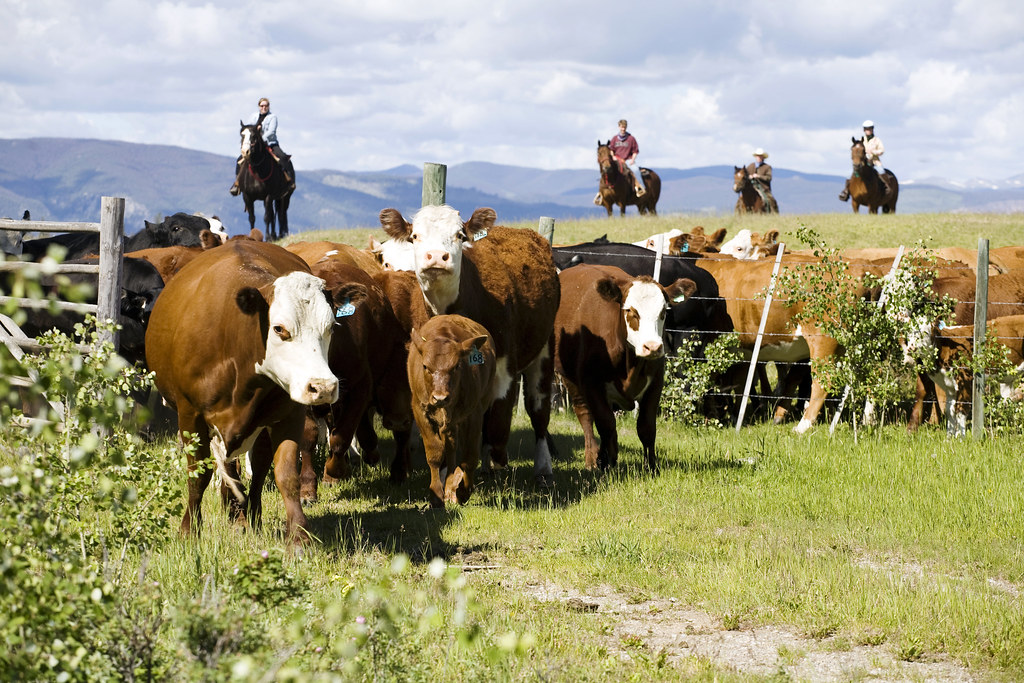An affineur is a French word for a very French job: it’s a term used to describe the guy who minds the cheese as it ages. It’s a perfect metaphor for what the Brooklyn-based startup Afineur (one f) does, even though the company is in the coffee business. Afineur makes “cultured” coffee—coffee, in other words, from beans that have had their molecular chemistry altered by fermentation. Just like an affineur, it supervises microbes as they work their transformative magic. But the metaphor is doubly appropriate, considering that the term affineur comes from the French verb that means “to refine,” or “to mature.” Afineur isn’t only aging coffee. It hopes to shepherd the entire field of fermentation to a more mature state, broadening the role microorganisms play in commercial food production.
Afineur’s cofounders, Camille Delebecque and Sophie Deterre, first met as high school students in France, in their hometown near Bordeaux. When they met again, years later, they found that they both had an entrepreneurial spirit and a complementary set of highly technical skills. Delebecque is a microbiologist with a PhD from Harvard Medical School, an expert on the way enzymatic reactions affect cell structure. He also runs a consulting company where he helps universities get their research applications developed in the marketplace. Deterre, meanwhile, is a flavor scientist who helps food companies achieve consistent taste at scale. (In what sounds like an amazing gig, she helped Grand Marnier overhaul its bitter orange flavor.) Together, they’ve got the skills to alter the chemistry of food in sophisticated, highly targeted ways—and do so with the consistency required for large-scale commercial products.
 Afineur
Afineur Afineur founders Sophie Deterre and Camille Delebecque
Though Afineur’s technology can be used on a wide array of foods, the focus, for now, is on coffee. Why start there? There’s a novelty factor, to be sure—we associate yogurt and kefir, miso and dosa, sauerkraut and sourdough with fermentation, but not our morning joe. But Delebecque says it’s because there’s a demonstrated market for super-premium coffee. “You can charge high prices for high quality beans,” he says. “It’s not just for the caffeine buzz anymore.” There’s also a shortage of high-quality, arabica beans—which is an opportunity for Afineur. The technology transforms the flavor of lower-quality, robusta beans so dramatically that the result is said to be on par with the world’s most expensive coffee: kopi luwak, which can retail for as much as thirty bucks a cup.
Traditional kopi luwak is so expensive because it relies on a fickle piece of processing infrastructure: the digestive tracts of civets—lithe, cat-like mammals native to Southeast Asia, sub-Saharan Africa, and Madagascar. (They look a little like a cross between a raccoon and a leopard.) Legend has it that civet coffee was discovered by the plantation workers of Indonesia, who, barred from taking product from the field, would pick half-digested beans out of civet poop. Civet poop coffee, it turned out, was wonderful—microbes in the creature’s gut cut harsh tastes and brought out a sweet richness.
 Wikimedia commons
Wikimedia commons A civet sucks down coffee cherries. This seems to be one of the happier ones.
Dutch plantation owners, the story goes, caught on and tried to industrialize the process, forcing civets into captivity to harvest their beans as a delicacy. Whether or not the origin story is apocryphal, today there is a real-life, and very brutal, kopi luwak industry, where battery-caged civets are force-fed coffee cherries, which are shat out as beans and sold in cities like New York, Paris and Amsterdam at ludicrous expense.
Delebecque calls it “the foie gras of coffee.” But he’s found a cheaper, more humane way to get a similar result by mimicking the microbial conditions of a civet’s gut inside a lab. Afineur uses a select cocktail of microbes that gnaw on raw coffee beans for two days. After that, they’re roasted—and the company says the smooth, complex flavor mirrors the taste of top-notch kopi luwak.
 Afineur
Afineur How Afineur’s fermentation process alters coffee’s sugar profile
What’s the catch? Well, the product is extremely expensive: $29 dollars for a five-ounce bag. That’s cheaper than a $25 cup of kopi luwak at Manhattan’s Kopi Kopi. But considering that many high-brow coffees retail in the range of $20 bucks a pound, it’s still a steep markup.
It’s not clear whether the plan is to continue charging super-premium prices, or whether the costs will come down as the company grows. Delbecque points out that fermented products are very scalable—think Budweiser, or Chobani—and says that Afineur is no different, but the company is not yet achieving size-based efficiencies. Though Delbecque wouldn’t say how much the company is selling, it’s clear he runs a small operation. Afineur only fulfills orders through its website and has very streamlined production capabilities: the coffee is cultured in Bushwick, Brooklyn and then roasted in Red Hook at the Pulley Collective, a shared processing space for early-stage coffee companies just starting out.
 Afineur
Afineur A coffee roaster at Brooklyn’s Pulley Collective
Delbecque says the goal wasn’t to start selling a lot right away. After receiving startup capital and training through the foodtech incubator IndieBio, and raising $50,000 on Kickstarter the company started selling beans in late 2015; the goal, since then, has been to test the market to see what people will pay and develop a small, loyal group of early-adopter customers. Delbeque says that effort has been a success, and now it’s time to move on to next steps.
“We’ve had a very helpful first community of consumers, and the way it’s grown so far has really just been word of mouth,” he says. “The work now is to start to tell a story to a broader audience.”
Afineur is now starting to seek it first seed round of venture capital, and future investors will surely weigh in on the model and price point. But the underlying concept—to fundamentally change the taste and nutritional profile of foods using fermentation—remains the same, and Afineur doesn’t plan to stop with coffee. The company’s next move will be to launch a grain-based product, using fermentation to unlock certain proteins that aren’t currently bio-available to humans, since our stomachs don’t have the power to break them down. The result will be a protein-packed super-grain, which Delebecque says adds up to sustainability benefit: when a food nourishes more fully, we don’t need to eat as much of it, and the resources go farther.
“We think that the technology can play an interesting role as an alternative to traditional chemicals in food processing,” Delebecque says, “or even to traditional plant breeding or GMOs as a way to naturally harness the chemistry of plant-based foods.”
In other words, many of the common approaches to improving food nutrition apply a principal of addition: whether inserting a chemical additive (enriched milk) or foreign gene (golden rice). Fermentation, instead, works by subtraction: it gnaws away at a food’s defenses, chewing at stubborn molecules until they give up the flavors and nutritional compounds locked away inside.
In theory, the applications are limitless. And though it’s too soon to say what kind of impact Afineur will have, one thing is clear: the science of fermentation may be ancient, but it’s still in its infancy. There’s still a long way to grow.
